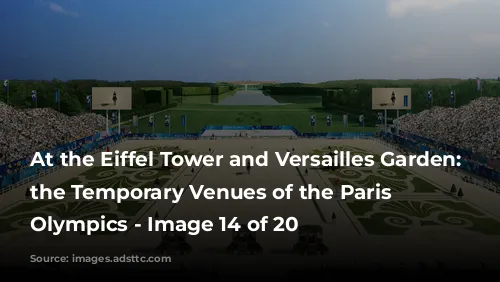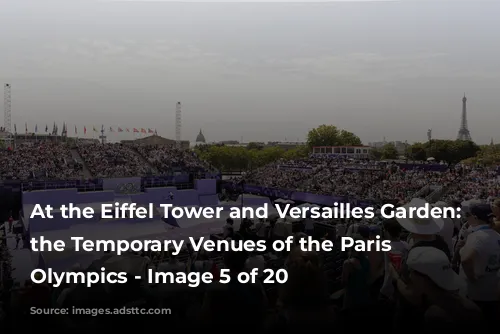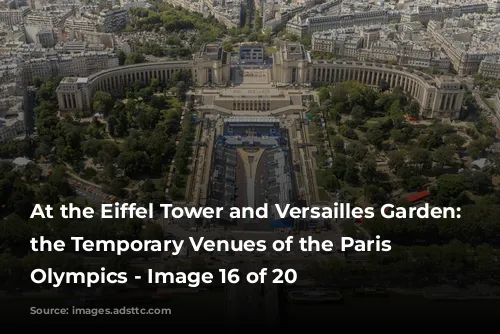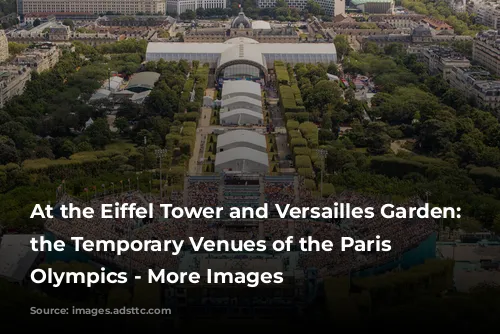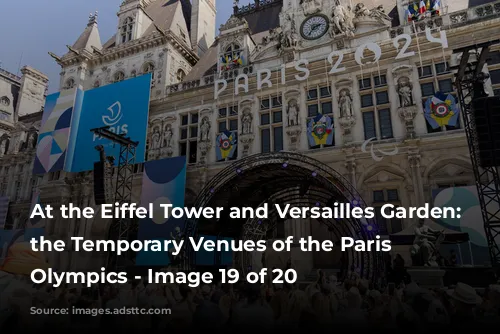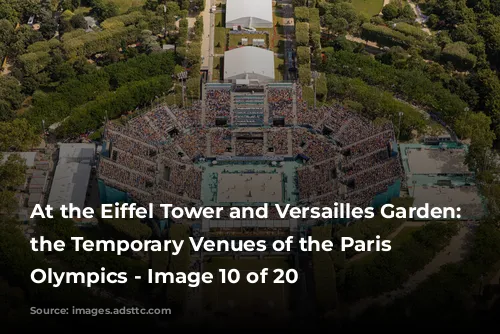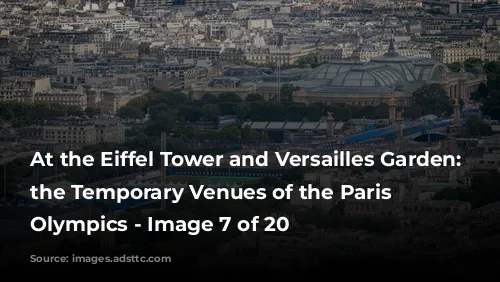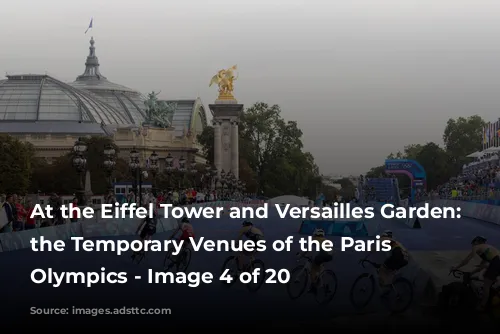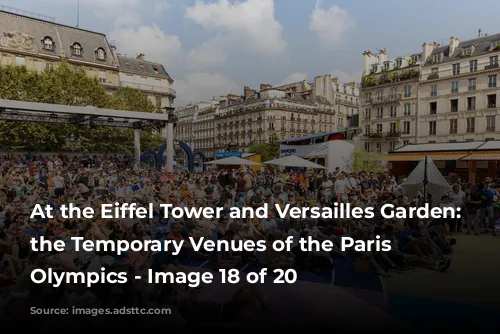The Paris 2024 Olympics are taking a unique approach to hosting the Games, prioritizing sustainability and minimizing their impact on the City of Lights. Instead of building a plethora of permanent structures, Paris is embracing its existing sporting infrastructure and creating temporary arenas and installations for key competitions. This strategic plan ensures a smaller environmental footprint compared to previous Olympic Games.
A City Transformed: Temporary Venues and Their Transformation
The heart of Paris will be bustling with Olympic activity, with temporary arenas popping up in some of the city’s most iconic locations. These temporary sites, thoughtfully designed to minimize disruption, will be carefully assembled and disassembled, leaving no lasting trace on the city’s beautiful landscape.
Trocadéro: A Spectacular Setting for Athletics
Sitting majestically in the shadow of the Eiffel Tower, the Trocadéro will transform into a temporary arena for several Olympic events. From triathlon and para-triathlon to road cycling, athletics, and even swimming, the Trocadéro will be a hub of action. Once the Games conclude, the area will be gradually cleared by October 30th, returning to its original grandeur.
Champ de Mars: A Playground for Beach Volleyball and Blind Football
The Champ de Mars, a beloved public garden, will be transformed into the Eiffel Tower Stadium, hosting Olympic Beach Volleyball and Paralympic Blind Football. This open-air arena will then be dismantled, leaving no trace of its temporary existence. The Champ de Mars will once again be a space for Parisians to enjoy, a testament to the city’s commitment to sustainability.
Grand Palais Éphémère: A Modular Masterpiece
A remarkable temporary structure designed by Wilmotte & Associés, the Grand Palais Éphémère will rise on the Champ-de-Mars, accommodating up to 9,000 spectators. This modular wooden marvel will host judo, wrestling, para-judo, and wheelchair rugby. After the Games, the structure will be completely disassembled and reused, embodying the spirit of responsible design.
Versailles: Equestrian Elegance
The Equestrian events, along with modern pentathlon and para-equestrian events, will take place in the park of the Palace of Versailles, an unparalleled setting for such competitions. A temporary arena with 20,000 seats will grace the Étoile Royale esplanade, offering spectacular views of the iconic palace. The park’s beauty will be further enhanced by the revival of a fountain, adding a touch of historical charm.
Pont Alexandre III: A Bridge to Olympic Success
The Pont Alexandre III, a historic and ornate bridge, will become a stage for Olympic events, including time trials, triathlon, and marathon swimming. This bridge, connecting major sports sites, embodies the seamless integration of the Games into the city’s fabric.
Place de la Concorde: A Stage for Urban Sports
Paris is embracing urban sports in a big way, transforming the iconic Place de la Concorde into an urban park for BMX Freestyle, Breaking, Skateboard, and 3×3 Basketball competitions. This temporary transformation reflects the city’s commitment to sustainable redevelopment, showcasing its vibrant urban spirit.
Hôtel de Ville: The Heart of the Marathon
The Hôtel de Ville, Paris’ city hall, will be the starting point for the marathon, one of the Games’ most legendary races. This historic location, situated on the banks of the Seine River, will mark the beginning of a journey of athletic endurance, a temporary spectacle that will soon be dismantled, leaving only memories.
Esplanade des Invalides: A Green Oasis for Archery and Cycling
The Esplanade des Invalides, a vast green space, will host archery, cycling, the Olympic Marathon, and the Marathon for All, followed by Paralympic Para-archery and Para-marathon events. This temporary transformation will allow for a celebration of athletic spirit while maintaining the site’s natural beauty.
Beyond the Games: A Legacy of Sustainability
The Paris 2024 Games are not just about athletic competition; they are about reimagining the Olympic experience and leaving a positive legacy. By prioritizing temporary structures and minimizing their impact, the Games are creating a model for sustainable and responsible event hosting. As the world watches, Paris is showcasing how to celebrate athletic excellence without compromising the city’s unique charm.
